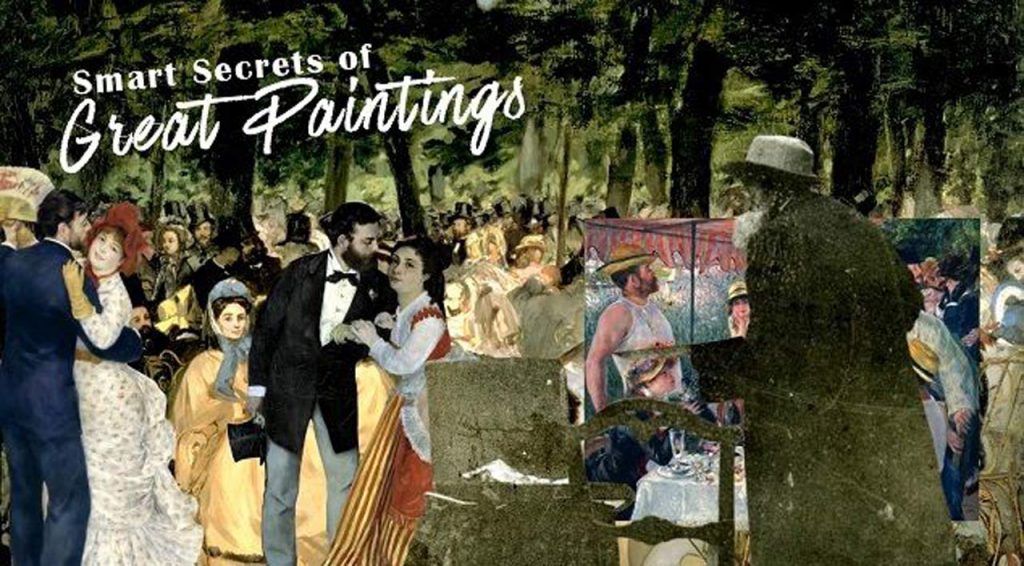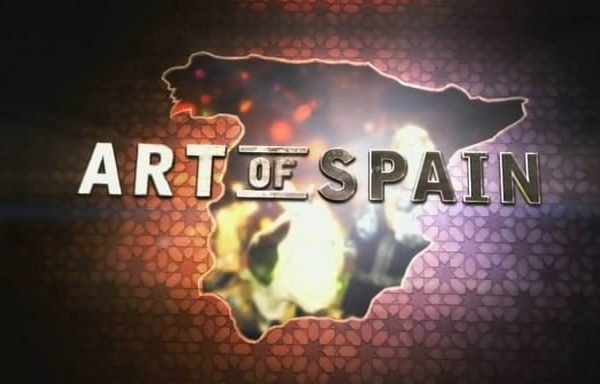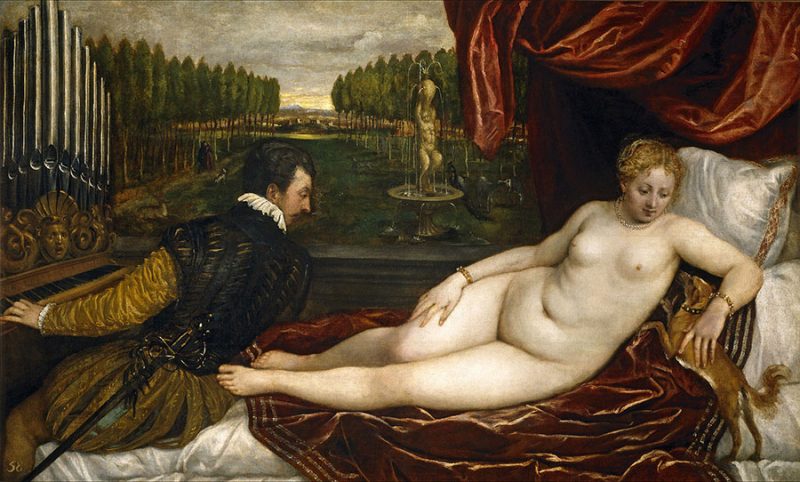Smart Secrets of Great Paintings episode 4 – Quentin Metsys: 16th century Antwerp was like 1950s New York. The city of craftsmen and fishermen at the entrance to the North Sea became a leading finance hub, facilitated by European exploration and new trade routes. This work by Quentin Metsys is a subtle criticism of that world and its era, warning about the flow of money when it is detached from all forms of religious and moral considerations. This film examines the influences of Jan Van Eyck and Leonardo Da Vinci on the work; analyzes composition, painting technique, and object symbolism; and outlines events that would lead to the Dutch Revolt.
This series explores history of art in a totally new way. The painting comes to life, as animation overrides the limits of the frame, taking us to the heart of the canvass and plunging us into its era and history. This series of 10 half-hour programs shows how a painted image echos the spirit of its time and relates to a particular historic event. It reveals the poetic, sociological and political potential of the picture by penetrating inside the painting and examine the underlining details, thanks to work of computer graphics which livens up characters, objects and sets.
Each film tells a fascinating story of a creator and the painting process. The great works of the past portray abundant testimonies, and are imbued with secrets and are teeming with mysteries. Beneath the surface of the painting, details awaken, to recount the spirit of the times and the vagaries of History, such as wars, revolutions, economic transformation, scientific discovery, beliefs and schools of thought.
Smart Secrets of Great Paintings episode 4 – Quentin Metsys
Quentin Matsys[1] (Dutch: Quinten Matsijs) (1466–1530) was a Flemish painter in the Early Netherlandish tradition. He was born in Leuven. There is a tradition alleging that he was trained as an ironsmith before becoming a painter. Matsys was active in Antwerp for over 20 years, creating numerous works with religious roots and satirical tendencies. He is regarded as the founder of the Antwerp school of painting, which became the leading school of painting in Flanders in the 16th century. He introduced new techniques and motifs as well as moralising subjects without completely breaking with the tradition.[2]
Although the roots of Matsys’ training are unknown, his style reflects the artistic qualities of Dirk Bouts, who brought to Leuven the influence of Hans Memling and Rogier Van der Weyden. When Matsys settled at Antwerp at the age of twenty-five, his own style contributed importantly to reviving Flemish art along the lines of Van Eyck and Van der Weyden.[5] Matsys departed from Leuven in 1491 when he became a master in the guild of painters at Antwerp. His most well known satirical works include A Portrait of an Elderly Man (1513), and The Money Changer and His Wife (1514), all of which provide commentary on human feeling and society in general. He also painted religious altarpieces and triptych panels, the most famous of which was built for the Church of Saint Peter in Leuven.




